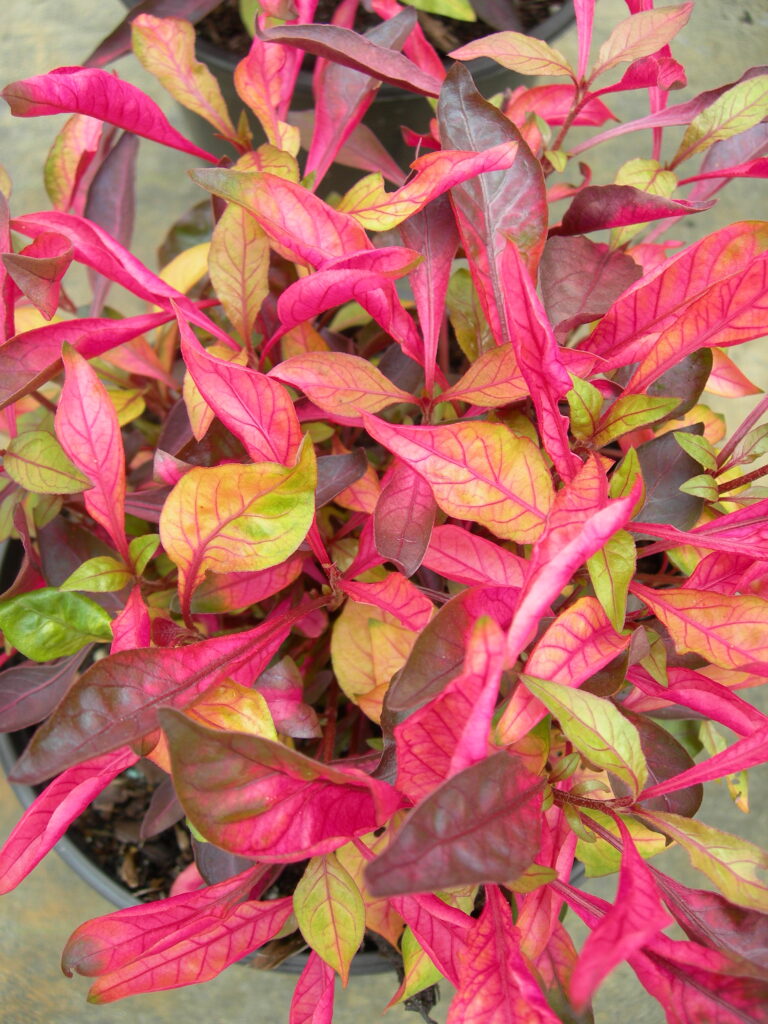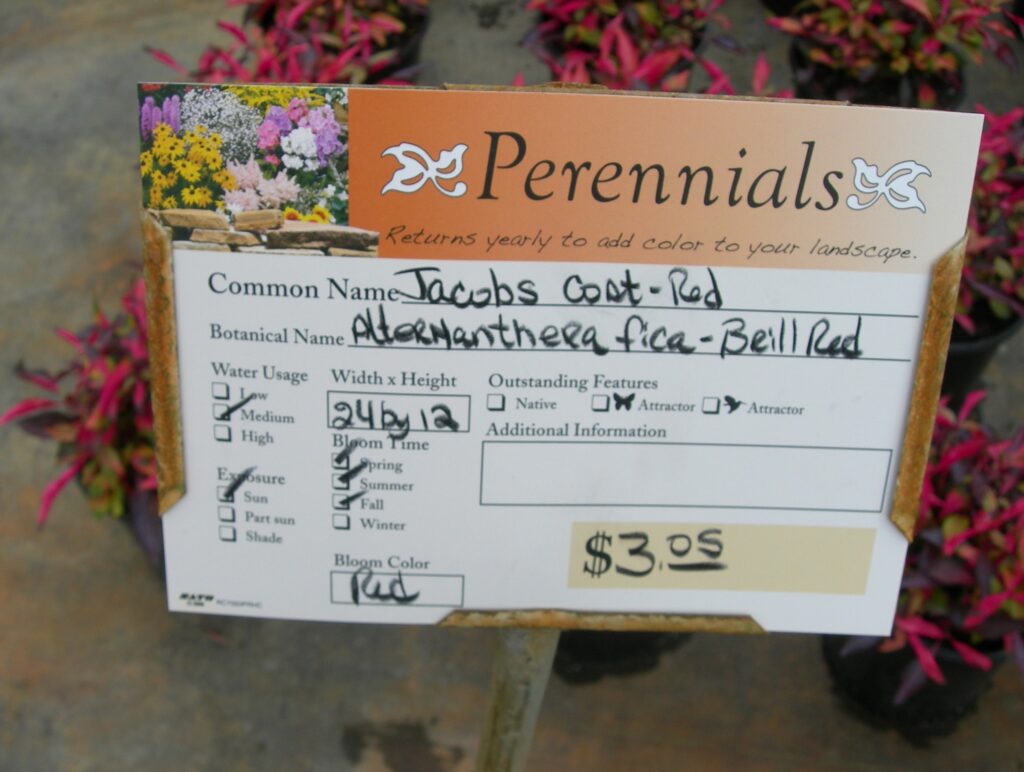I often get the question of where to buy plants, products, or services. Rather than risk leaving out an exceptional nursery, let’s look at how to choose a good nursery with extraordinary materials and services that will answer the question of how and where to buy plants.

I suggest you patronize reputable nurserymen and women; many exceptional nursery folks belong to the Florida Nursery, Growers, and Landscape Association (FNGLA) of other trade organizations and proudly display signs indicating their membership. Businesses that maintain memberships in trade organizations are generally well-educated and on top of the newest information.
Look for a neat and presentable nursery. A sloppy nursery often indicates poorly maintained plants. Seek salespeople who are educated or trained about local conditions and materials. The nursery or garden center can be a locally owned establishment or a chain store, but I try and patronize locally owned establishments that are part of the community. Take the time to visit serval businesses, look around, ask questions, and choose the one that works for you.
Inspect each plant individually before buying. Don’t choose any plants that lack health or have excessive succulence. An unhealthy plant is apparent in most cases. Check for weak, poorly formed, scarred, cracked, spaced, or peeling trucks or branches. Poorly distributed limbs usually lead to “leggy” plants and should be avoided. A compact plant is usually more desirable. Avoid plants having leaves of improper shape, size, or color. Excessive yellowing of leaves indicates a problem, either temporary or more severe. Examine leaves for insect, disease, and mechanical damage.
Gently remove a couple of plants from the pots and inspect the roots. Root systems should be well established but not bound or growing out of the containers and are generally white, off-white, or light tan. Any nursery that does not allow this, or does it for you, is off my “buy from” list.
Plants growing in three-gallon containers are generally larger and more expensive than those in one-gallon containers. However, make your selection on plant size rather than container size. Make sure the plant is appropriately labeled as to species and variety.

Ask about any warranties that might be offered. Make sure you have any guarantees in writing and the terms necessary to keep the warranty in effect. File this information and the sales receipt in your important papers file for future use.
If the nursery does not have the plant you want, ask them to order it for you. Full-service establishments usually offer this service, and you are rarely required to purchase the plant once it comes in if it does not meet your needs or specifications.
Alternatively, here in the information age, I have yet to turn up a vendor when using a plant’s scientific name to search the Internet. However, as with all purchases, proceed cautiously; many of the above tactics cannot be used online. Do look for warranties, reasonable shipping costs, and liberal return policies. Like many things in life, when selecting plants for your landscape, it pays to choose and buy carefully; the cheapest in the store is often the most expensive when you get it home.
Leave a Reply